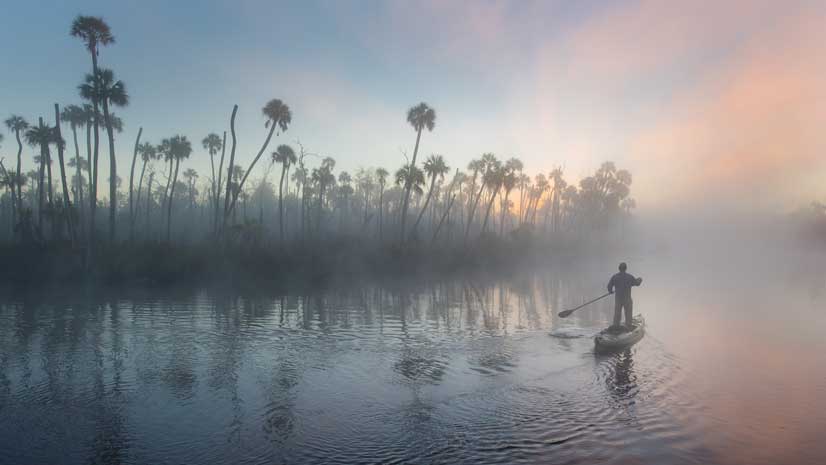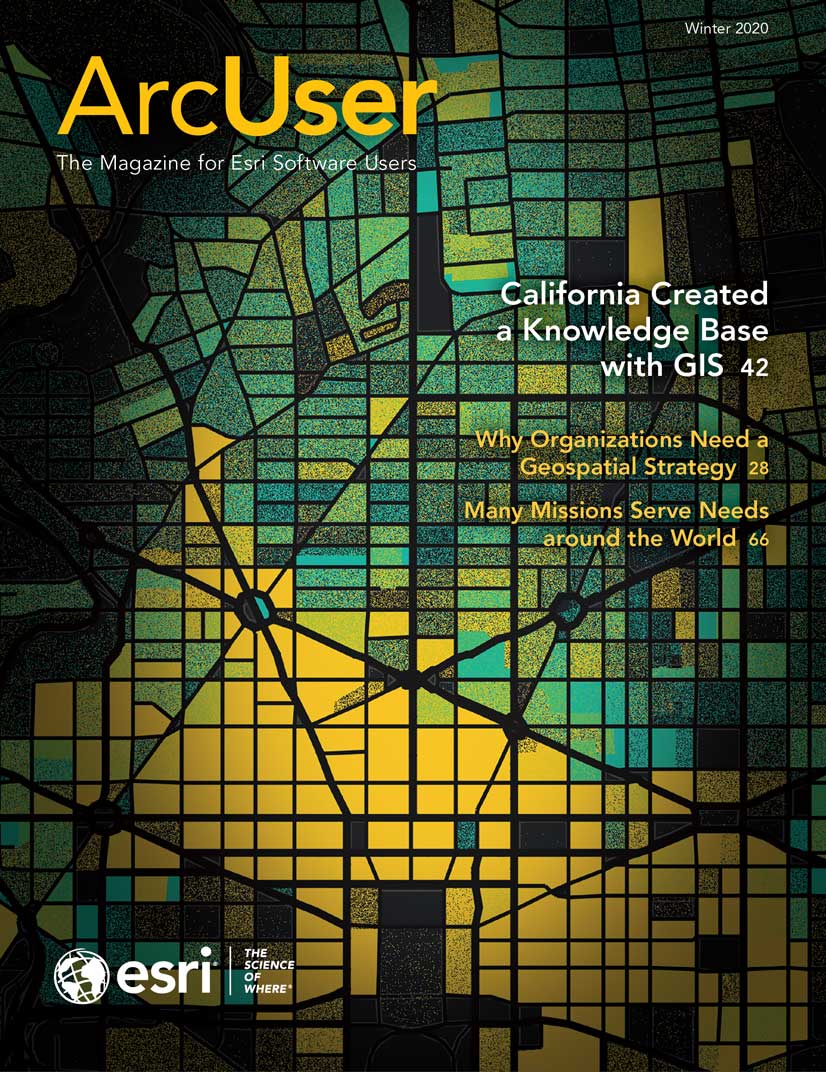By Karen E. Firehock and R. Andrew Walker
A belief that all people should be able to enjoy beautiful green spaces is the notion that ignited the early conservation movement and one that Esri has supported since its founding 50 years ago. The idea of developing green infrastructure is fundamental for many environmental planning efforts.
Green Infrastructure: Map and Plan the Natural World with GIS, a new Esri Press book, is one of the few books that deals with green infrastructure and the use of GIS. Conserving natural assets requires mapping them and planning how to protect the most valuable portions. This book explains how to utilize the national green infrastructure model that Esri has built to develop a prioritized strategy for conserving or restoring the most highly valued natural resources. This analysis can inform a host of planning applications to protect resources such as water, conserve endangered species, and preserve culturally significant landscapes. The book uses real-world data to create two case studies that demonstrate the application of the national green infrastructure model to local planning.
The book’s principal author, Karen E. Firehock, is the executive director and cofounder of the Green Infrastructure Center and is on the adjunct faculty in the Department of Urban and Environmental Planning and Landscape Architecture at the University of Virginia. With over 30 years of working in the environmental field, she has received numerous awards for her work in planning and conservation. Coauthor R. Andrew Walker, a GIS analyst, modeler, and land planner, provided graphics support and technical instruction on mapping for this book. He has more than a decade of experience with high-level GIS analysis and modeling, specializing in the use of GIS for urban and environmental planning applications. Esri Press, 2019, 282 pp., ISBN: 9781589484863.




